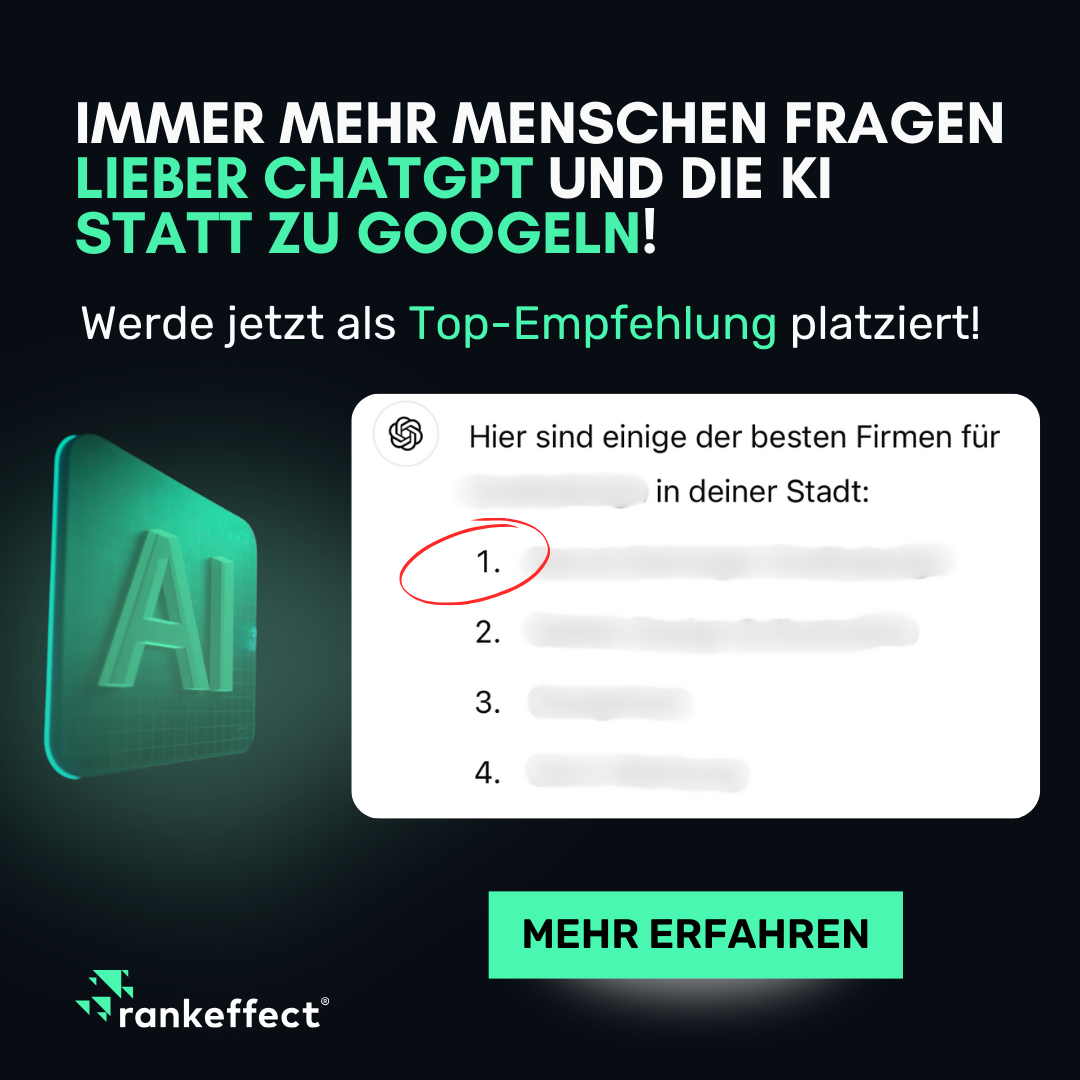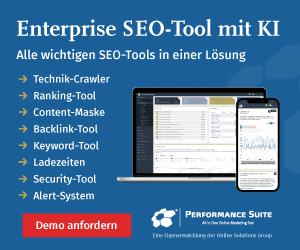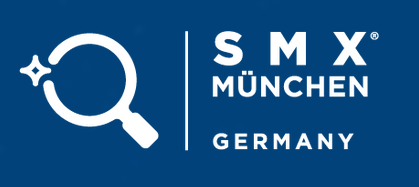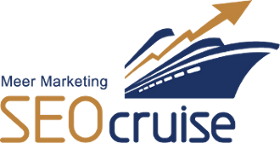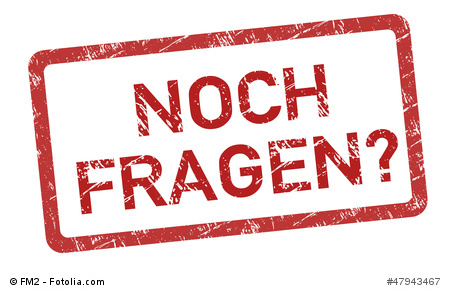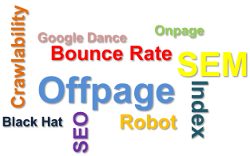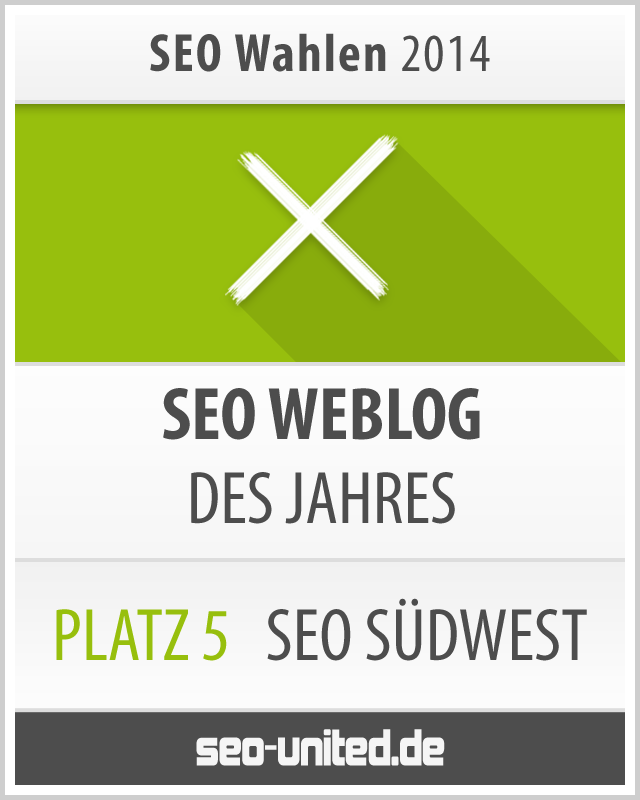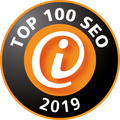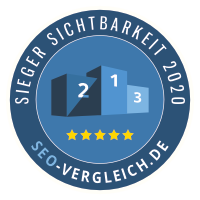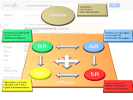 Until today the world of SEO success factors has been quite straightforward: On the one hand there is onsite optimization that concerns everything that can be done directly on a website and on the other hand you can see the offsite optimization that refers to building and fostering lots of good links. But this simple view is no longer appropriate: brands are becoming more and more important, social media are on their way and the Author Rank is showing its presence at many places.
Until today the world of SEO success factors has been quite straightforward: On the one hand there is onsite optimization that concerns everything that can be done directly on a website and on the other hand you can see the offsite optimization that refers to building and fostering lots of good links. But this simple view is no longer appropriate: brands are becoming more and more important, social media are on their way and the Author Rank is showing its presence at many places.
SEOs’ sphere of activity has therefore broadened and changed. What factors will be important in the future and how do they depend on each other? I have created an infographic to visualize this.
SEO so far: onsite and offsite optimization
The classic picture in the SEO world looks like that: Optimize your website first (technical aspects, site hierarchy and content). This is a site’s prerequisite for being interesting for visitors and for being relevant and crawlable for the search bots. After optimizing the onsite factors building and collecting links can be done – i.e. offsite optimization. These two areas – onsite and offsite optimization – would some day lead to good rankings on the SERPs.
But SEO is no longer so easy that way because many things changed and evolved in the algos of Google & Co..
SEO today: Reputation is everything
In the last few months many things were turned upside-down. Suddenly, there are SERPs dominated by just one brand or one domain. Social criteria are becoming more and more important – especially since Google established its new network Google+. In addition to this, the current discussion about the Author Rank focusses on reputation metrics in order to rate the quality of website content.
What does all this mean in relation to SEOs and webmasters? The good news is: Onsite optimization and especially good content have and will have a great meaning in the future. But there will be additional factors that extend these. The following infographic shows these factors and their dependencies.
Onsite Optimization: classic SEO 
Onpage optimization consists of three core elements: content, technics and site structure. In short: Interesting and unique content is the basic condition for successful websites. This content has to be delivered in a proper technical way. Clean HTML, low data volume, high page speed and no usage of technologies that impede indexing like Flash. The site structure should offer well-indexable links and a site hierarchy that is as flat as possible.
Author Rank – reputation beyond a single website
The idea of defining a Rank for content publishers is founded in a Google patent from the year 2007. The name used in this patent is Agent Rank. Basically, it is about calculating an author’s reputation by measuring the author’s interactions and the reactions to his or her publications. Publications from authors with better reputation will comparatively rank higher than those from authors with less reputation.
The Author Rank is independent from certain search requests (in opposite to onsite factors like a document’s content). Not later than the introduction of Google+ the calculation of the Author Rank is relatively simple. By using the attribute “rel=’author’” an attribution of documents and authors can be done in a simple way.
As an input value for determining the author rank the degree of a person’s activity in Google+ can be used. Additional factors like the average PageRank of sites on which an author publishes are taken into account, as well as the number and the reputation of the persons in the author’s Google+ circles.
Social Rank 
The term Social Rank is closely related to the aforementioned term of Author Rank. Possibly these terms are even congruent; this is not completely clear yet though. The main reason for a different view is that the Author Rank keeps seemingly a strong addiction towards Google+, whereas the Social Rank is defined more broadly.
The Social Rank in a network is determined by a great number of factors. These comprise the number and the rank of a person's followers in different networks like Google+, Facebook or Twitter, the number of publications and the reactions to them (Retweets etc.), but also whom the author follows himself.
As mentioned before, the differentiation between Author Rank and Social Rank is not very sharp. By means of that it is possible that in the future only on of these terms will be needed.
Brand Rank 
The Brand Rank is quite a new approach as well. Like the Author Rank, the Brand Rank is completely independent from certain search queries. The Brand Rank should help to assess a document’s quality by reviewing its environment. To do this, it is examined if a domain that contains a document belongs to a brand and how the reputation of this brand looks like. The brand’s reputation – the Brand Rank – influences the ranking of the document on SERPs. It is assumed that brands in general are reliable.
Recently there has been the phenomenon that complete SERPs were dominated by results belonging to a single domain or brand. Small and medium-sized companies had to face losses for their rankings – especially caused by the Panda updates. In addition to this the +1 button on the SERPs was introduced as a ranking factor. Large brands that had better presence on the top SERPs had better chances to get +1 clicks which lead to another advantage compared to the smaller companies. A good overview of the advantages that are caused by a high Brand Rank can be found on Seobook.com.
What factors are helpful in order to increase Brand Rank? A few examples comprise direct searches for a brand name, citation of a brand in links or social media as well as offsite actions like printed ads.
Last but not least: PageRank 
It doesn’t have to be said much about PageRank as its concept was discussed broadly in the last years. Good links will continue to have a positive effect on the ranking. Nevertheless, the weight of PageRank will decrease compared to the other factores mentioned before. This is to be appreciated because the opportunities to cheat will be reduced by this.
Dependencies of the SEO factors
As visible in the infographic, there are dependencies between all of the factors. As shown by the superior position of onsite optimization, this factor influences all the others but isn’t influenced by them in return. For example, the technically proper implementation of challenging content can increase the Author Rank by increasing the publisher's reputation. Well implemented social media plugins facilitate the distribution of content throughout the social networks and thereby the chances for a higher Social Rank. The chance for getting links for good content is higher as well what improves the chance for a better PageRank.
Author Rank, Brand Rank, Social Rank and PageRank do not influence onsite factors but influence themselves mutually. Example: A higher Author Rank leads to more visitors / readers and thereby to more links and by this means influences PageRank. Inversely a higher PageRank of sites where an Author publishes influences his reputation and thereby his Author Rank. The mechanisms concerning Social Rank and Brand Rank can be seen in a similar way.
Conclusion: SEO has to be done beyond one’s own nose
It shows that many ranking factors are not only determined by a single document or website but in a global context. The Author Rank is defined by all the documents an author publishes, also on foreign websites. The Social Rank results from activities in different networks. The Brand Rank is influenced by offline actions as well.
SEOs have to take this into account and more than before have to think in a comprehensive way. For authors with good reputation there is a new business model: By writing guest articles they can use their status to promote the status of the websites they publish on.
The classic share between onsite and offsite optimization is no longer true. Indeed onsite factors and link building will have a meaning in the future – but this meaning has to be shared with the new factors.
{extravote 1}



